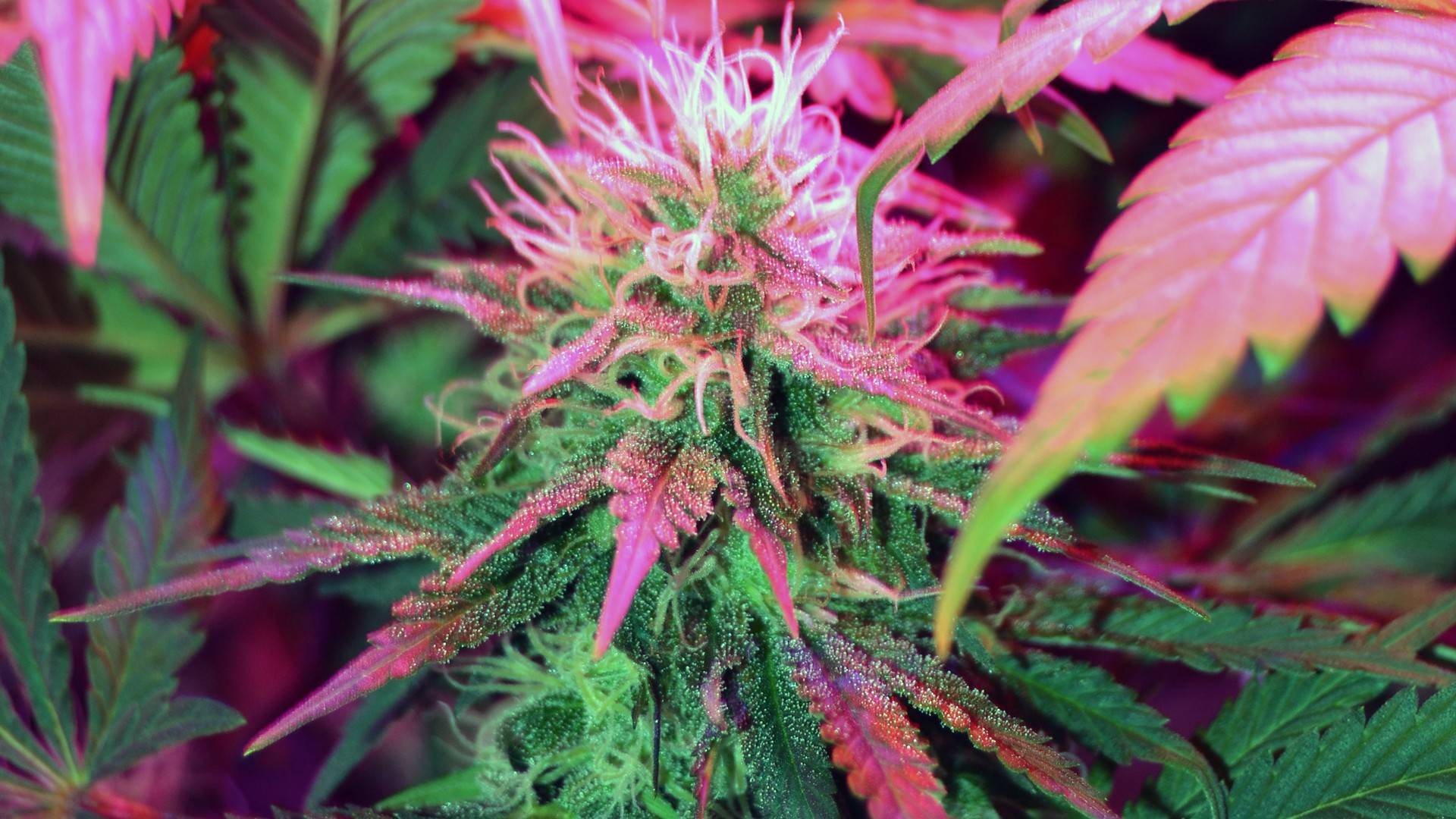The effect of the presence of pot dispensaries and/or cultivation centers varies in the real estate market.
It can also be clearly argued that legal cannabis businesses
have benefits of boosting the property market value particularly for commercial living standards
hence improving the property value in the neighborhoods.
A proper running of a dispensary operation create an opportunity for other local companies
while increasing traffic in residential areas hence enhance the economy.
Some communities experience a decrease in the value of the residential property
due to crime aspects as well as unpleasant smells and neighbourhood appearance.
This is due to the fact that creativity has deemed some potential buyers to refrain
from using their hard earned money to finance a house in the area due to the density of dispensaries being present
in the area thus resulting to loitering and public consumption.
Marijuana business accessibility is limited due to the numerous legal procedures regarding areas
where it can be developed thus leading to some areas being economically privileged than others in the residential zones.
It is clear that demographic and market characteristics need to be studied
when deciding on real estate and city planning contributing
to the influence of marijuana business on property values.
Several local administrations establish no-safety zones in which MMA should not be located near schools
and the areas surrounding child-oriented facilities.
The imposed regulations maintain the stability of neighborhoods
by making only permitted commercial zones enabling legal cannabis businesses to flourish.
The Environmental Impact of Marijuana Cultivation
This paper seeks to describe how the impacts of marijuana farming on the environment can be managed properly.
There are benefits and costs when referring to economic activities; the legal cannabis market is no exception as it results from the following: positive aspects, negative aspects- challenges in water consumption and energy, waste disposal and atmospheric pollution.
Multiple controls involving the status of the sustainable marijuana farming and government policies also reduce the adverse effects of marijuana cultivation firms on the environment.
Water and Energy Consumption
Marijuana farming still involves high use of water as well as a high use of electricity in the event that the farming is done indoors.
Large scale marijuana plantations which use theBARC for their cannabis plants would likely to use up water from local communities during such periods when the water sources are scarce.
This presents a very dangerous implication for farms and wildlife since water is used beyond the acceptable level, and for homes, there is little or no water to use.
Drugs production requires a lot of power and an uninterrupted supply of water as in the case of the manufacturing of marijuana.
Indoor cultivation takes time and it relies on artificial lighting and controlled temperature systems alongside the necessary ventilation system in order to support plant growth.
Such operations require electricity which drives carbon emissions and some other problems relating to the environment.
When it comes to some regions of the world, farming has been found to be one of the most electricity-consuming forms of agriculture including cannabis growth.
Some of the business in marijuana industry have resorted to adopting sustainable farming practices to solve their problems.
Rainwater harvested together with drip irrigation options and solar-energy greenhouses reduce the usage of power together with water.
Different governments have placed legislations to provide enhancement in energy conservation such as limiting the quantity of grow light in facilities with provision for organic system cultivation.
